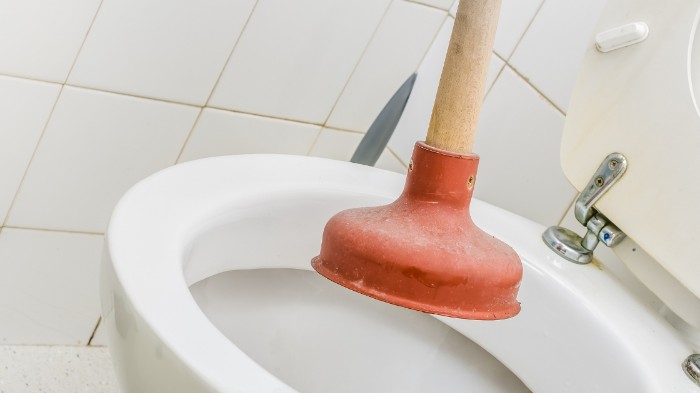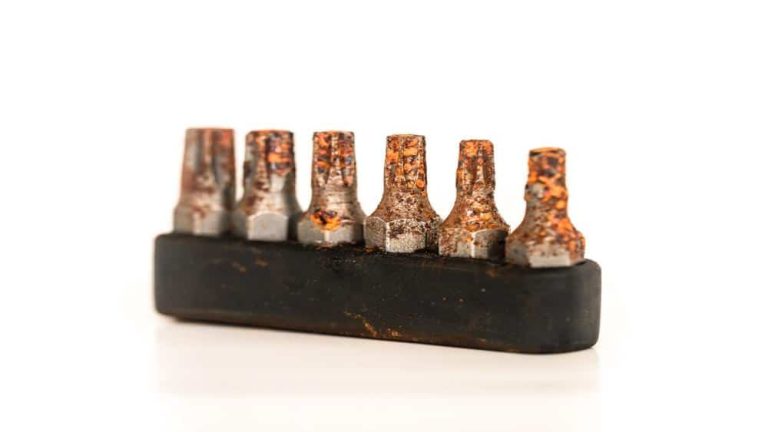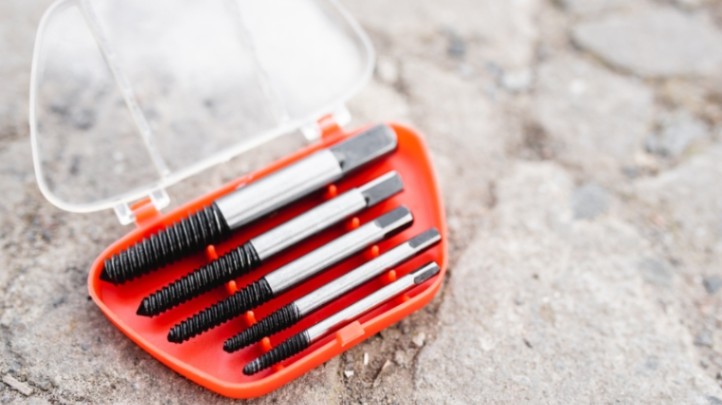Ants are not only a nuisance but can also cause damage to your walls. If you’ve noticed ants crawling in your walls, it’s essential to take action immediately to prevent a full-blown infestation. In this article, we will explore on How Do I Get Rid Of Ants In My Walls.
Ants may seem harmless, but when they invade your walls, they can cause significant damage to your home and even pose health risks. Getting rid of ants in your walls is crucial to protect your property and keep your family safe.
Introduction
In this article, we’ll provide an overview of why ants infest walls, the signs of an infestation, and effective strategies for eliminating ants from your walls. We’ll also discuss preventative measures you can take to keep ants from returning.
Understanding Ants in Your Walls
Why ants are attracted to walls
Ants are attracted to walls for a variety of reasons. One of the primary reasons is that walls provide a safe and secure nesting site for ants. Additionally, walls can provide ants with easy access to food sources and water. Ants can enter homes through small cracks and crevices in walls, making establishing colonies in wall voids easy.
Common types of ants found in walls
Several common types of ants are often found in walls. One of the most common is the carpenter ant, which can cause significant damage to wooden structures in your home. Other common types found in walls include pharaoh ants, odorous house ants, and pavement ants.
Signs of an ant infestation on your walls
Signs of an ant infestation in your walls may include the presence of live ants, ant trails, and piles of ant debris such as sawdust or dead ants. You may also notice small holes or cracks in your walls where ants enter and exit.
If you suspect an ant infestation in your walls, taking action as soon as possible is important to prevent further damage and potential health risks. The next section will discuss effective strategies for eliminating ants from your walls.
Finding the Source of the Ants
To effectively eliminate ants in your walls, it’s important first to identify the source of the infestation. This could be the colony within the walls or a nearby food source attracting ants to your home. Here are some strategies for finding the source of the ants:
- Look for ant trails: Ants leave scent trails for other ants to follow, so if you see a trail of ants, it can help you locate the source of the infestation. Follow the trail to see where the ants are coming from and going.
- Check for entry points: Ants can enter your home through small cracks and crevices in your walls, so check for any potential entry points where ants could be getting in. Seal any cracks or gaps to prevent ants from entering your home.
- Look for food sources: Ants are attracted to food, so if you have any open containers of food or spills in your kitchen, this could be the source of the infestation. Check your pantry, countertops, and floors for any signs of food that could be attracting ants.
- Look for moisture sources: Ants are also attracted to moisture, so check your pipes, faucets, and other areas where water may be present. Leaks or condensation could be drawing ants into your home.
- Use bait stations: Ant bait stations can help you identify the location of the ant colony. Place the bait stations near where you’ve seen ants and monitor them for activity. Once you’ve identified the colony’s location, you can target your treatment efforts more effectively.
Once you’ve found the source of the ants, you can begin taking steps to eliminate the infestation. The next section will discuss effective strategies for removing ants from your walls.

Natural Ways to Get Rid of Ants in Your Walls
If you prefer natural remedies for getting rid of ants in your walls, several options are available. Here are some natural ways to eliminate ant infestations:
- Using essential oils: Certain essential oils, such as peppermint, eucalyptus, and tea tree oil, are effective at repelling ants. Mix a few drops with water to use essential oils and spray the solution along the ant trail and any entry points you’ve identified. You can also soak a cotton ball in the oil and place it near the ants’ entry points to repel them.
- Making homemade ant baits: You can use natural ingredients such as borax, sugar, and honey. Mix equal borax and sugar, then add enough honey to form a paste. Place the bait near the ants’ entry points and monitor it for activity. Sugar and honey attract ants to the sugar and honey, but the borax will kill them.
- Using diatomaceous earth: Diatomaceous earth is a natural powder made from the fossilized remains of tiny aquatic organisms. It is effective at killing ants by dehydrating them. Sprinkle diatomaceous earth near the ants’ entry points and along the ant trail. Use food-grade diatomaceous earth, as other types may harm pets and humans.
- Applying white vinegar and water solution: White vinegar is a natural cleaner and disinfectant also effective at repelling ants. Mix equal parts of white vinegar and water and spray the solution along the ant trail and any entry points you’ve identified.
It’s important to note that while natural remedies can be effective, they may not eliminate ant infestation. If you’re dealing with a severe infestation, consider using chemical treatments or hiring a professional pest control service.
Chemical Solutions to Get Rid of Ants in Your Walls
Ants can be a persistent problem in your walls, and if natural methods don’t work, it may be necessary to turn to chemical solutions. Several options for effectively removing ants in your walls, including ant sprays, ant baits, and insecticides.
Ant sprays
Ant sprays are popular for many homeowners because they are easy to use and can provide immediate results. These sprays typically contain a chemical insecticide that kills ants on contact. When using ant sprays, it’s important to read the instructions carefully and apply the product only as directed. Wear gloves and protective clothing, and protect pets and children from the treated area.
Ant baits
Ant baits are another option for getting rid of ants in your walls. These products typically contain a slow-acting poison carried back to the colony by worker ants. The poison spreads throughout the colony, eventually killing the queen and other ants. Ant baits are generally more effective than ant sprays because they can eliminate the entire colony, not just individual ants. However, it may take several days or even weeks to see results.
Insecticides
Insecticides are another option for getting rid of ants in your walls. These products are typically applied directly to the affected area and can kill ants on contact or provide residual protection. When using insecticides, following the instructions carefully and using the product only as directed is important. Insecticides can harm humans and pets, so wear protective clothing and keep the area well-ventilated.
It’s important to note that chemical solutions can negatively affect the environment and should be used cautiously. Consider using natural methods or seeking the help of a professional pest control company before turning to chemical solutions.
In conclusion, several effective options exist for getting rid of ants in your walls, including natural methods, ant sprays, ant baits, and insecticides. When choosing a method, consider the severity of the infestation, the potential harm to humans and pets, and the environmental impact. Proper treatment can eliminate ant infestations in your walls and keep your home free of these pesky pests.
Preventing Future Ant Infestations
After successfully getting rid of ants in your walls, it’s important to prevent future infestations. Here are some tips to keep ants out of your home:
- Keep your home clean: Ants are attracted to food and water sources, so it’s important to keep your home clean and free of crumbs, spills, and standing water. Sweep or vacuum floors regularly, wipe down countertops and tables, and promptly clean up any spills or messes.
- Seal off entry points: Ants can enter your home through even the tiniest cracks and openings, so it’s important to seal off entry points. Use caulk or weatherstripping to seal gaps around windows and doors and fill in any cracks or holes in your walls and foundation.
- Store food properly: Ants are attracted to sweet, sugary, and greasy foods, so it’s important to store food properly. Keep food in airtight containers and store them in cabinets or high shelves to make it harder for ants to access them.
- Trim vegetation around your home: Ants often enter homes from the outside, so it’s important to keep vegetation around your home trimmed and away from your walls. This can make it harder for ants to find their way into your home.
- Use natural repellents: Several natural repellents can help keep ants away, including peppermint oil, cinnamon, and bay leaves. Sprinkle these repellents around entry points and areas where ants are known to gather.
- Call a professional: If you continue to have problems with ants despite your best efforts, consider calling a professional pest control company. They can help identify the source of the infestation and provide targeted treatment to prevent future infestations.
Taking these steps can help prevent future ant infestations and keep your home free of these pesky pests.
Frequently Asked Questions
How long does it take to get rid of ants in walls?
The time it takes to get rid of ants in walls depends on the severity of the infestation and the treatment method used. Natural remedies may take longer to be effective, while chemical solutions may provide quicker results. It’s important to be patient and follow the recommended treatment plan to ensure the ants are fully eliminated.
What are the risks of using chemical solutions?
Chemical solutions can be effective at getting rid of ants but may also pose risks to humans and pets if not used properly. It’s important to read and follow all instructions on the product label, wear protective clothing and gloves, and keep children and pets away from treated areas.
How can I prevent ants from coming back after treatment?
To prevent ants from returning after treatment, it’s important to eliminate potential entry points and food sources. Keep your home clean, store food properly, seal off cracks and openings, and trim vegetation around your home. Consider using natural repellents as an additional measure.
Are ants in walls harmful to my health?
While ants are not typically harmful to humans, they can carry bacteria and other pathogens that contaminate food and surfaces. In addition, certain ant species, such as carpenter ants, can cause structural damage to homes if left untreated.
Can I seal the entry points of the ants in the walls?
Yes, sealing entry points can be an effective way to prevent ants from entering your home. Use caulk or weatherstripping to seal gaps around windows and doors and fill in any cracks or holes in your walls and foundation.
Can I just leave the ants alone and let them go away on their own?
While ants can leave alone, leaving them alone is not recommended. Ants can cause damage to your home and contaminate food and surfaces. It’s important to take action to eliminate the infestation and prevent future infestations.
Conclusion
In conclusion, ants in your walls can be a frustrating and potentially damaging problem. It’s important to take action immediately to identify the source of the infestation and choose the appropriate method to get rid of the ants.
Natural remedies and chemical solutions can be effective, but prevention is key to avoiding future infestations. Following the tips and techniques outlined in this article, you can protect your home and keep ants at bay. Take action now to get rid of ants in your walls.





